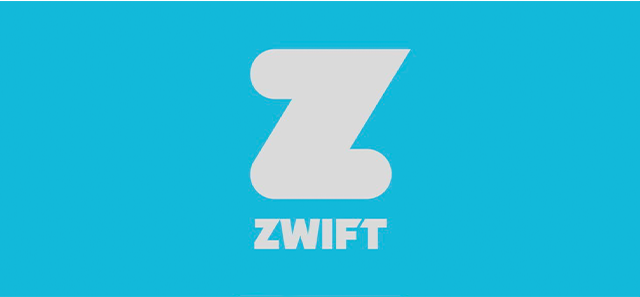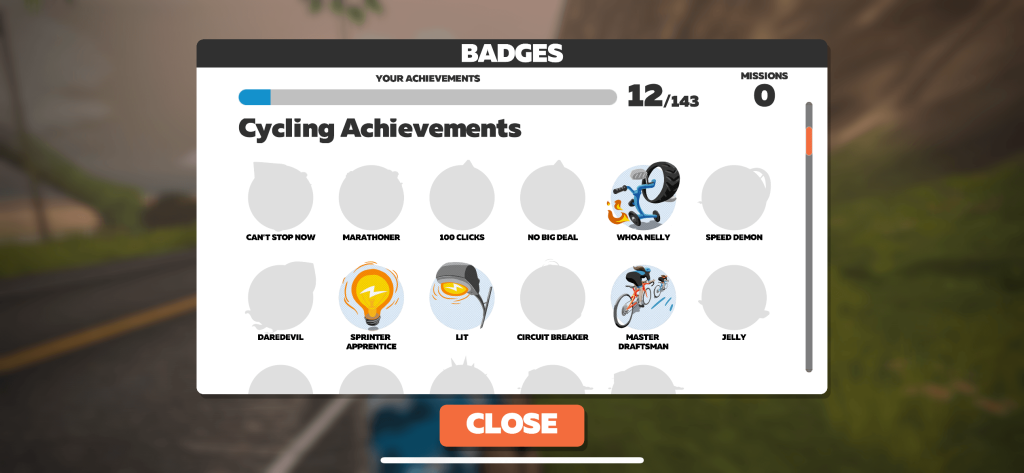
A slightly unexpected but ingenious use of gamification
Who doesn’t like looking good?

Gamification – as we already know it – is the application of game elements and the inclusion of game design in non-game environments to motivate and encourage users to engage in certain target behaviours. It’s not Battlefield or Grand Theft Auto, where it’s all fun and games, but the use of game design and elements inspired by these games to engage users to perform real-world behaviours. Recently (and ironically), I have been a target of this particular “phenomenon” that I have been working hard to introduce to my clients during my time in Gametize.
Recently, I have been introduced to the amazing world of Zwift by my good friend (thank you Ezekiel!) and boy has it truly revolutionized indoor cycling and running. Zwift is an application that syncs with multiple devices, such as bike trainers or treadmills, and draws you into its virtual world, where you can ride, train or even participate in races. After trying it at my friend’s place, I instantly got hooked and purchased a smart trainer the next day (ouch $$). This is the most interesting and best use case for gamification (in my opinion), coming from someone who loves to exercise. It really works!
So what makes a simple online cycling/running game so enticing and addictive? Let’s explore the world of Watopia, the virtual world of Zwift, and find out.
Recently, I have been introduced to the amazing world of Zwift by my good friend (thank you Ezekiel!) and boy has it truly revolutionized indoor cycling and running. Zwift is an application that syncs with multiple devices, such as bike trainers or treadmills, and draws you into its virtual world, where you can ride, train or even participate in races. After trying it at my friend’s place, I instantly got hooked and purchased a smart trainer the next day (ouch $$). This is the most interesting and best use case for gamification (in my opinion), coming from someone who loves to exercise. It really works!
So what makes a simple online cycling/running game so enticing and addictive? Let’s explore the world of Watopia, the virtual world of Zwift, and find out.
Who doesn’t like looking good?
One of the first things I did on Zwift was to check out the avatar store. Come on, who doesn’t love a good looking bike or even some nice jerseys or cycling bibs! There are so many cool bike frames (even my dream bike frame, the Canyon Aeroad), fashionable jerseys and even different wheelsets that affect your speed and riding experience in the game. They always say clothes maketh the man, well in this case, jerseys make the cyclist!
The items in the store can be purchased through Zwift’s ingame currency called drops. Fun fact – the ingame currency is coined as drops because what happens to your sweat when you exercise? Genius right?
You earn drops as you cycle and the more calories you burn, the more drops you get, amongst other ways of drop accumulation. Zwift, like all fine games out there, includes a level-based system, which serves as a form of recognition for how much time and effort people have spent cycling or running on the platform. What people know almost intrinsically is that higher levels = good. Some of the items in the avatar shop are based on level-locked progression , making me sweat a little bit more and work that little bit harder to unlock these items.
Personally, I find myself constantly looking at the drop meter whenever I cycle on Zwift. I would get excited as I see the number of drops increase as I work out and that motivates me to press on a bit harder, really influencing my real life behaviour right here.
The items in the store can be purchased through Zwift’s ingame currency called drops. Fun fact – the ingame currency is coined as drops because what happens to your sweat when you exercise? Genius right?
You earn drops as you cycle and the more calories you burn, the more drops you get, amongst other ways of drop accumulation. Zwift, like all fine games out there, includes a level-based system, which serves as a form of recognition for how much time and effort people have spent cycling or running on the platform. What people know almost intrinsically is that higher levels = good. Some of the items in the avatar shop are based on level-locked progression , making me sweat a little bit more and work that little bit harder to unlock these items.
Personally, I find myself constantly looking at the drop meter whenever I cycle on Zwift. I would get excited as I see the number of drops increase as I work out and that motivates me to press on a bit harder, really influencing my real life behaviour right here.
Winning feels good, but getting recognised for winning feels even better
Being recognised as the best in something feels good; who doesn’t like a bit of recognition every once in a while, right? One thing that most, if not all games have in common is the presence of some sort of leaderboard; something to tell you in one way or another which player is doing better than others. This is yet another concept which gamification borrows from its more contemporary counterpart, and which Zwift also utilises. Users are able to view a live leaderboard of the different segments within a route that they are on. By showing users how well they are doing relative to their friends or other users, Zwift provides that encouragement for users to push themselves just that tiny bit harder – gamification at its finest. The top users even get to don special jerseys only worn by leaders of a segment. A quick google search will tell you that there is a whole lot of psychology behind why people like winning, or why winning something makes people feel good, but we won’t bore you with that stuff – what we all need to know, and already know, is that winning feels good!
There are also achievement badges that users can collect in Zwift. You can earn badges based on things such as hitting a certain number of watts and riding at a certain speed. Based on a study conducted by Bitrian, Buil and Catalan (2020), receiving achievement badges through sports apps creates a sense of competence as it makes users perceive that they reached the goal of that particular badge. I must admit though, I do feel a sense of accomplishment everytime I receive a new badge. It feels good, it just does!
There are also achievement badges that users can collect in Zwift. You can earn badges based on things such as hitting a certain number of watts and riding at a certain speed. Based on a study conducted by Bitrian, Buil and Catalan (2020), receiving achievement badges through sports apps creates a sense of competence as it makes users perceive that they reached the goal of that particular badge. I must admit though, I do feel a sense of accomplishment everytime I receive a new badge. It feels good, it just does!

Wrapping up
I am truly amazed by this particular example of gamification as it makes cycling training fun for me and I actually look forward to training. I mean, the fact that it works for exercise proves that gamification is indeed very powerful, especially in a world where exercise might not be everyone’s go-to activity for fun. Heck, gamification can even encourage people to take the stairs! This really goes to show that gamification is a really powerful tool that if applied properly, will engage and motivate users to do almost anything. Use it wisely.

